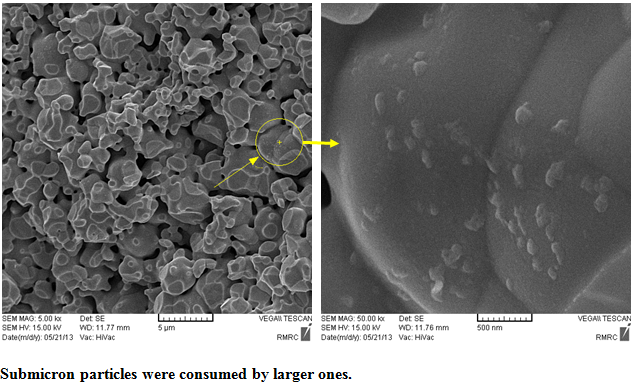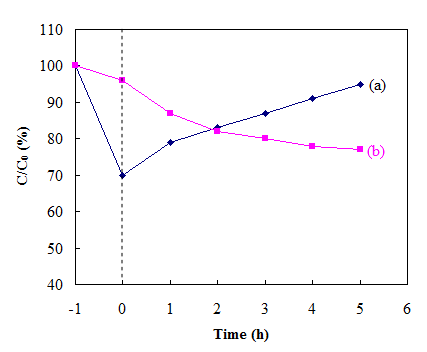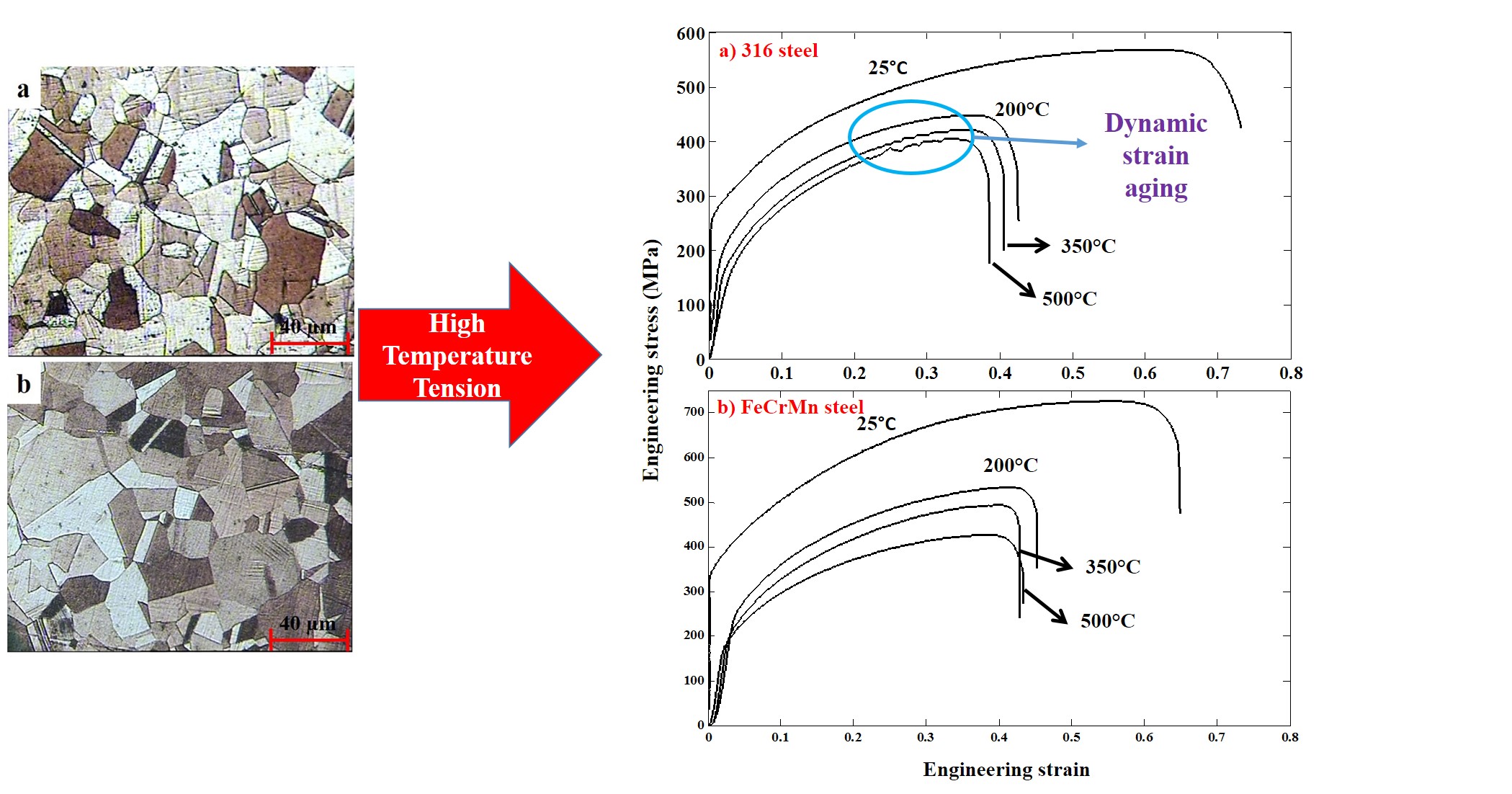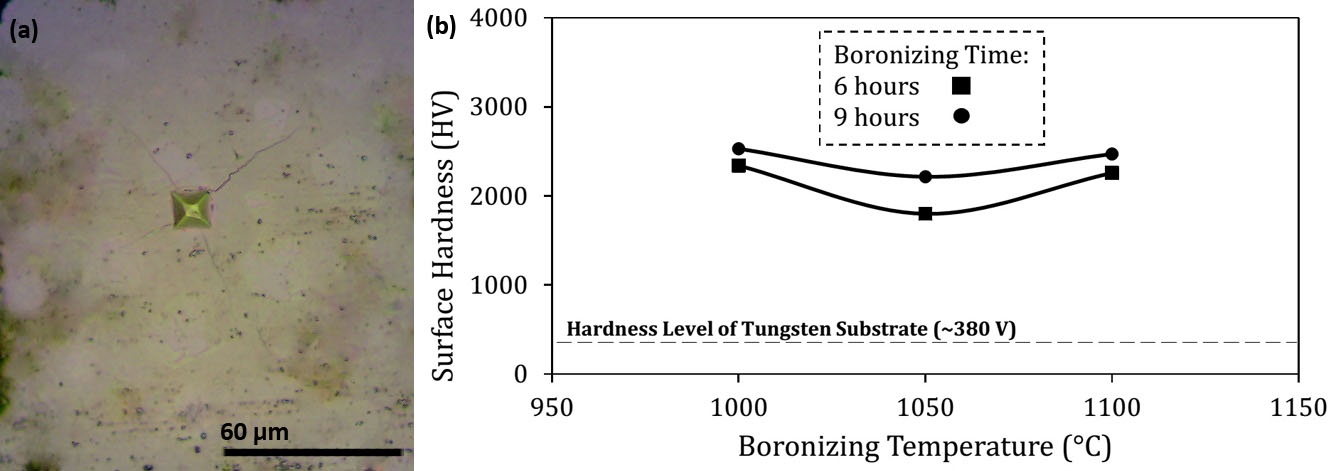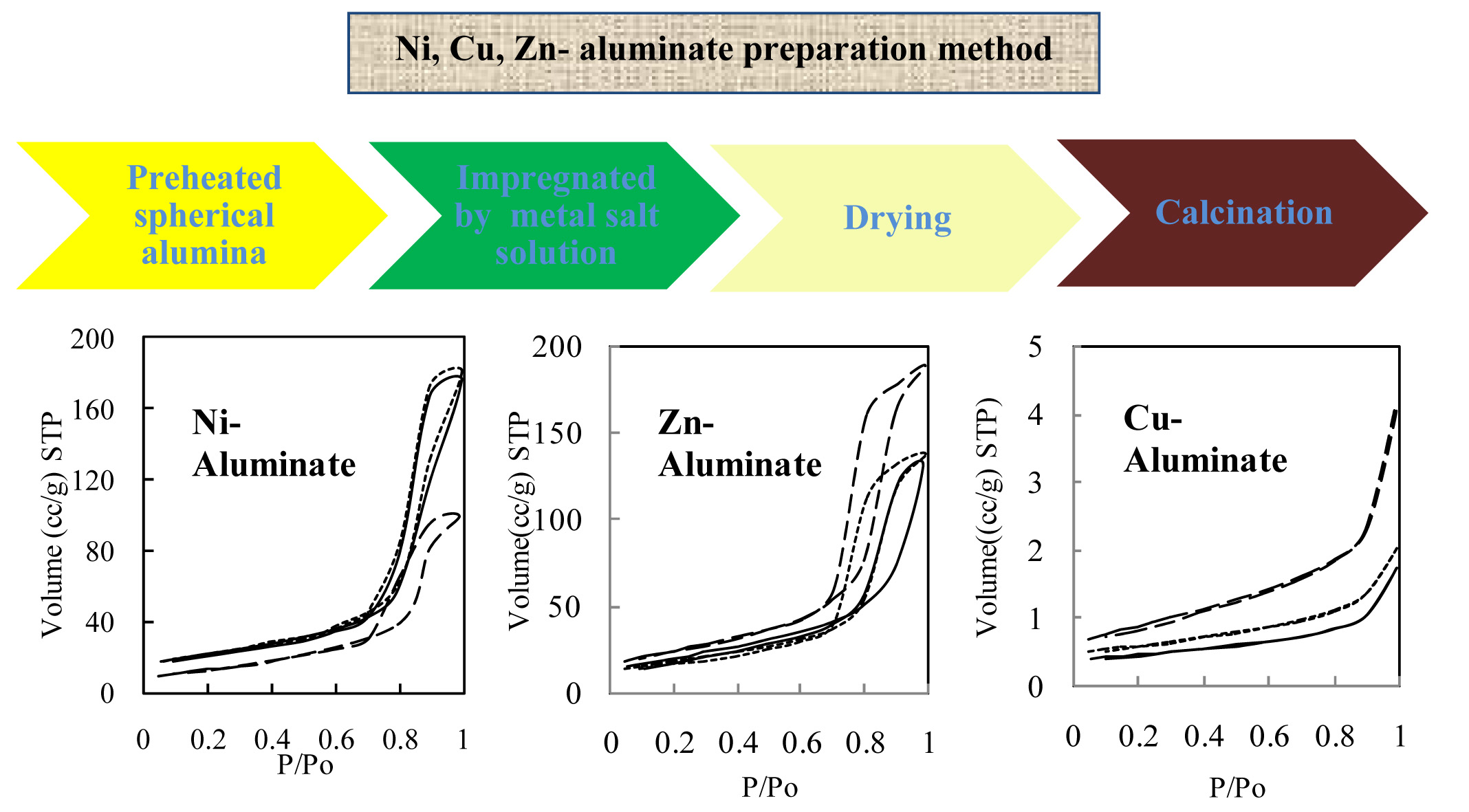Volume 14, Issue 1 (March 2017)
Abstract
(25144 Views) |
Full-Text (PDF)
(5835 Downloads)
|
Graphical Abstract
|
Highlights
- Microstructure change during sintering of tungsten powders in presence of submicron particles.
- Decreasing sintering temperature of tungsten skeleton from 2200 to 1650oC.
- Fracture mode changing from inter-granular fracture interface fracture to trans-granular fracture due to submicron particles.
Abstract
(24009 Views) |
Full-Text (PDF)
(5380 Downloads)
|
Graphical Abstract
|
Highlights
- Microstructures of sintered ball-milled compacts showed homogeneous distribution of lead as compared to as-mixed 6061Al-Pb alloys.
- The 6061Al-Pb alloys produced using ball-milling route exhibits superior tribological properties than as-mixing processing route.
- The lowest wear rate was observed for as-mixed and ball-milled 6061Al alloy at 5 and 10 vol. % Pb, respectively.
- Ball-milled 6061Al-Pb alloy requires higher load for transition to severe wear regime than as-mixed 6061Al-Pb alloy.
Abstract
(26940 Views) |
Full-Text (PDF)
(5169 Downloads)
|
Graphical Abstract
|
Highlights
- Single phase zinc ferrite nanoparticles exhibited the partially inverse spinel structures.
- The band gap was related to the synthesis temperature via the crystallite size.
- Very small particle size lead to the less photocatalytic activity.
Abstract
(22178 Views) |
Full-Text (PDF)
(5656 Downloads)
|
Graphical Abstract
|
Highlights
- Coprecipitation of aluminum and nickel hydroxides were done homogeneously at pH=8.8
- NiAl2O4 spinel were prepared from precipitated powders at 900 ̊C .
- Reduction of spinel to Al2O3-Ni composite were completed at 1300 ̊C .
- Particles of Ni uniformly distributed at Al2O3 matrix.
Abstract
(19512 Views) |
Full-Text (PDF)
(5502 Downloads)
Abstract
(23458 Views) |
Full-Text (PDF)
(6066 Downloads)
|
Graphical Abstract
|
Highlights
- Boronizing the surface of the tungsten heavy alloy to improve its surface hardening.
- Formation of tungsten boride (WB) as a very hard coating.
- Formation of nickel silicide phase as the outer layer over the boride layer.
- Tremendous improvement of surface hardening obtained after boronizing.
Abstract
(22442 Views) |
Full-Text (PDF)
(5437 Downloads)
|
Graphical Abstract
|
Highlights
- Cu,Ni, and Zn aluminate prepared by impregnation
- The non- porous CuAl2O4 obtained by impregnation method
- The specific surface area of nickel and zinc aluminates was in 47-87 m2/g
- The CuAl2O4 well crystallized and zinc and nickel aluminates had amorphous phase
- The nickel aluminates had lower acidity than zinc aluminates
Export as:
HTML
|
XML
|
RSS







